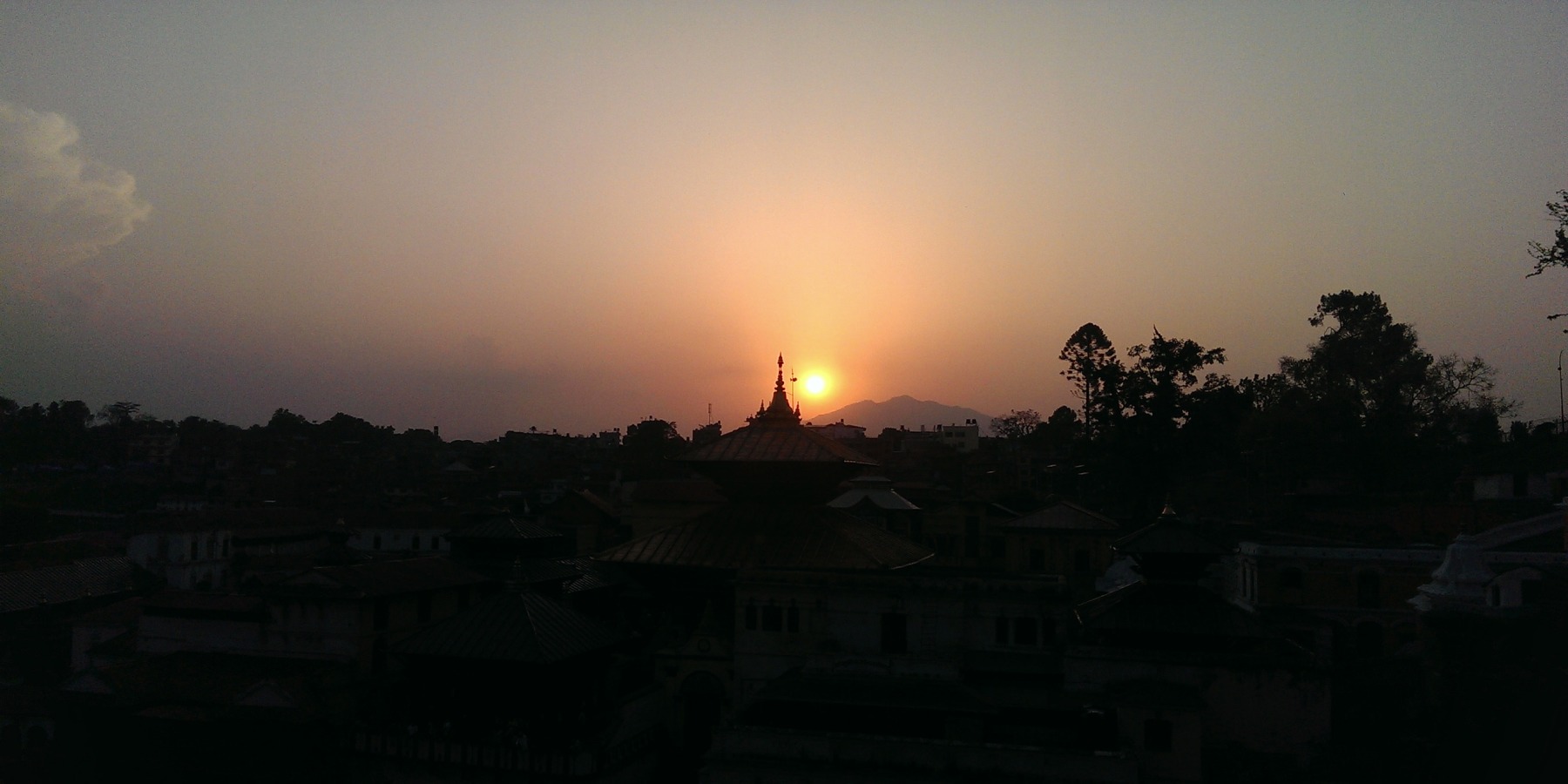
KATHMANDU, JUL 04 - Three countries—the US, the UK and New Zealand—have lifted restrictions on their citizens travelling to Nepal, except for districts hit hard by theApril 25 earthquakeand subsequent aftershocks.
More countries are likely to follow suit, Nepal Tourism Board (NTB) officials said.
Almost all countries had issued travel advisory, advising their citizens not to visit Nepal in the immediate aftermath of the earthquake.
The US government had issued the travel advisory against Nepal on May 1, stating not to travel to Nepal unless it is an emergency. However, after two months, the US government on Thursday updated its travel advisory. The notice was issued stating the restrictions have been lifted. Nepal is now safe to travel though there are a few aftershocks yet.
“The Department of State terminated the authorized departure of non-emergency US government personnel and dependents on Thursday. This replaces the travel warning dated May 1,” said the US Department of State on its website. “We encourage travellers to consult carefully with their travel and trekking agencies for current, location-specific information.”
The US is the third largest tourist source market for Nepal. Tourism Ministry statistics show Nepal received 47,355 tourists from the US. The number was 17,518 in 2002.
On Friday, the Foreign and Commonwealth Office (FCO) of the United Kingdom updated its travel advisory advising against all, but essential travel to the districts—Humla, Mugu, Dolpa, Mustang, Manang, Lamjung, Gorkha (including the Manaslu trekking region), Dhading, Rasuwa (which includes the Langtang Valley trekking region), Nuwakot, Sindhup-alchok, Kavrepalanchok, Dol-akha, Ramechhap, Okhaldhu-nga, Solukhumbu (including Everest base camp and the Everest trekking routes), San- khuwasabha and Taplejung.
It said travel on the main highway from Kathmandu to Pokhara, which passes through Nuwakot, Gorkha and Dhading districts, is exempted from the FCO’s advice against all but essential travel. The UK is the fifth largest source market to Nepal with annual arrivals of 35,668 visitors in 2013.
New Zealand was the first country to review its travel advisory. On June 30, it officially informed the NTB that it has lowered its risk level, which was raised in the immediate aftermath of the earthquake.
However, it has kept some districts on high-risk list. “There is high risk to your safety in the districts of Gorkha, Kavrepalanchok, Dhading, Nuwakot, Rasuwa, Sindupalchok, Dolakha, Ramechhap, Okhaldhunga and Makwanpur. Nepal has designated these districts as earthquake-affected. We advise against all tourists and other non-essential travel to these districts due to earthquake damage, ongoing relief and recovery efforts and the risk of landslides and avalanches,” said New Zealand Embassy in New Delhi.
Nepal received 2,808 tourists from New Zealand in the previous year.
An NTB official said Canada is also reviewing its travel warnings. Japan has not changed its travel advisory. The Netherlands and Switzerland have continued to advise their nationals to exercise caution while visiting Nepal, but the tone of these advisories is significantly milder, the NTB said.
Only one-fourth of the trip bookings made with our agency have been cancelled, Sonia Miyahara, operator of Mountain Travel Japan, said at a recent interaction
in Nepal.
The government, in a bid to revive the tourism industry, has been persuading countries to consider Nepal in regard to travel alerts they have imposed post earthquake. “The softening of the travel warnings is a welcome sign for the Nepal’s tourism industry, which has already been experiencing a downturn,” said Ashok Pokhrel, president of the Nepal Association of Tour Operators (NATO). “It will also ease the travel insurance process for many people planning a vacation in Nepal.”
The government has projected losing 40 percent of tourists this year due to the mass departure of the visitors after the earthquake and cancellation of Nepal’s trip booking for the upcoming seasons that is estimated to be more than 70 percent.
The Post-Disaster Needs Assessment report has pointed out that Nepal will significantly lose high-end tourists, but low-end segment and backpackers will continue their trips to Nepal.

